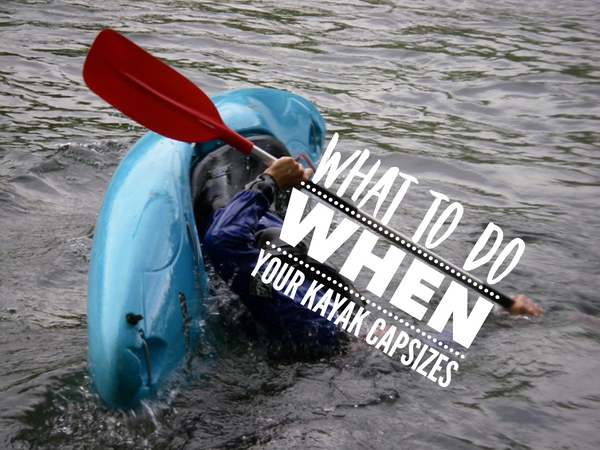How to Choose a Kayak Paddle

When it comes to being on the water, having the right kayak paddle can be the difference between a beautiful afternoon and a grueling chore. But how do you know which one is the best for you?
There’s many variables when selecting your ideal paddle. These include your kayak size, your height and the type of water you’ll be kayaking in. Let's dive in and take a look.
Kayak Size
The width and length of a kayak are critical points to take into account for choosing paddles. Generally speaking, the wider the boat, the longer the kayak paddle required.
Whitewater kayaks tend to be short in length and designed for quick turns. Because they require quick decision making and fast strokes, shorter paddles under 200cm give you the best control.
Recreational and fishing kayaks tend to be wider and more stable and require a longer paddle that’s able to reach the water. These types of kayaks usually call for paddles between 220-260cm in length.
Touring kayaks are longer and more narrow. Because of their narrow width and a shorter distance to reach the water, paddles between 210-230cm will typically suffice.
Your Height
Your height also affects the length of paddle needed. Typically, shorter people require shorter paddles and taller people require longer kayak paddles.
Take a look at the chart below and see how your height and style of kayak can determine the length of your paddle
Your Paddling Style
Now that you know what paddle length you need, let’s take a quick look at the difference between a wide paddle blade and a narrow paddle blade.
High-angle paddlers, or those who hold their kayak paddle vertically more frequently, use paddles with a wider blade. This kind of paddle allows for a stronger stroke and is typically used for whitewater or situations requiring speed and quick turns..
On the other hand, low-angle paddlers who keep their paddles more horizontal for a relaxing ride, favor paddles with a skinnier, more narrow blade. This kind of kayak paddle allows for longer trips and is less strenuous on your shoulders.

Paddle Materials
Materials also play an important part in choosing a kayak paddle. Let’s take a look at the different paddle materials and why it matters.
Aluminum - The heaviest, but least expensive. Aluminum paddles are perfect for beginners or people who only kayak a handful of times or year. They’re affordable and get the job done, but the weight of these paddles can fatigue your arms and shoulders, especially on longer trips.
Fiberglass - Middle of the pack for both price and weight. They’re lighter than aluminum, but heavier than carbon fiber. Fiberglass kayak paddles are usually a good alternative for kayakers who don't want a cheap aluminum paddle, but don't want to shell out hundreds of dollars for carbon paddle either.
Carbon Fiber - The lightest and smoothest of all paddles, but often times the most expensive (sometimes). Because carbon paddles are so light, they’re easier on your arms and make kayaking that much more enjoyable. The majority of experienced kayakers own and recommend carbon fiber kayak paddles.
Recommendation
Here at Best Marine & Outdoors, we’re recreational kayakers. We love calm rivers, scenic lakes and beautiful ponds. Relaxing trips, listening to the birds and enjoying nature is what makes us happy. Because of this, we designed what we consider the perfect paddle for people like us!

Our Best Marine & Outdoor kayak paddles are made with carbon fiber shafts and fiberglass reinforced blades. The shaft is extremely lightweight and has a soft, gentle feel in your hands. The blades are narrow, stiff and strong, and perfect for long journeys and effortless smooth strokes.
With lengths of 220cm, 234cm and 250cm and weighing in at approximately 33-34oz, our paddles are designed for the majority of recreational kayakers. And best of all… compared to other big name carbon fiber paddle brands, they only cost $100
Going on three years now, the feedback and reviews we’ve been receiving from our customers has been nothing short of extraordinary!

If you’re looking for high quality paddle at a fantastic price, we recommend you consider our Best Marine & Outdoors carbon fiber kayak paddles for your future paddling excursions!
Spread The Word & Pin It 😊
Leave a comment
Comments will be approved before showing up.
Also in Blog

How to Choose the Right Kayak Anchor
Choosing the right kayak anchor can make all the difference when it comes to staying steady on the water. This guide walks you through everything you need to know about selecting the perfect folding kayak anchor

What To Do When Your Kayak Capsizes
Although kayaks are designed for stability no matter the conditions, accidents happen and knowing what to do can help you avoid an unpleasant experience. Preparedness and technique are key components to controlling a sometimes scary situation.


